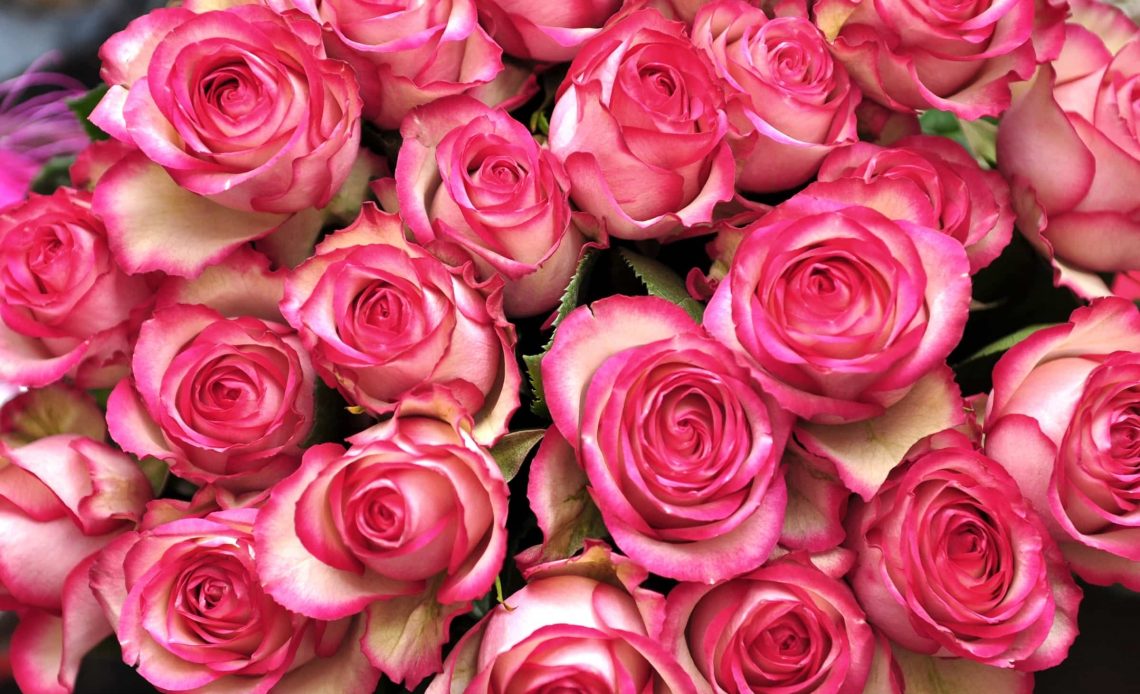
Flowers have long been a symbol of the beauty and ephemeral nature of life. Each bloom carries its own unique story and cultural significance, often embodying the very essence of life’s fleeting yet impactful moments. Among these, there are flowers that symbolize life—their colors, shapes, and scents offering a metaphor for the journey from birth to rebirth. These blossoms remind us of life’s preciousness and the continuous cycle of growth and renewal that defines our existence.
In exploring flower meanings life, we delve into a rich tapestry of traditions and beliefs that span across various cultures and histories. These flowers are not just a feast for the eyes but also hold profound meanings that resonate with the human spirit. They inspire us to embrace life’s joys and challenges, symbolizing hope, resilience, and the unending dance of creation and regeneration that marks the human experience.
Flowers that show the true meaning of life
Flowers are often used to express our feelings and emotions. Whether it’s a bunch of roses for your significant other, or a bouquet of daisies for a friend, we’re all familiar with the power of flower symbolism. But did you know that there are some flowers that can symbolize a fulfilling and long life? In this article, we’ll take a look at some of the most popular cut flowers associated with life and its meaning.
One of the most common symbols associated with flowers is life, representing hope, growth, and vitality. From the sunny sunflower to the delicate daisy. There are countless flowers that symbolize life, and each one has its own story to tell. For example, the sunflower is a sun-loving plant that always turns its face towards the light. In many cultures, this is seen as a symbol of optimism, positivity, and the pursuit of happiness. The sunflower is also known for its ability to thrive in harsh conditions. Its resilience and strength are qualities that are often associated with the concept of life, which is all about overcoming challenges and obstacles. Another example is the lily of the valley, a delicate. And sweet-smelling flower that has long been associated with new beginnings and the renewal of life.
Lily of the valley has delicate white flowers. They are common in bridal bouquets and special events. They symbolize pure love and hope for a happy future. Despite their beauty, they are poisonous. They contain a toxin that can cause heart issues if eaten. This adds to their symbolism. They represent life’s fragility and unpredictability.
1. Peony
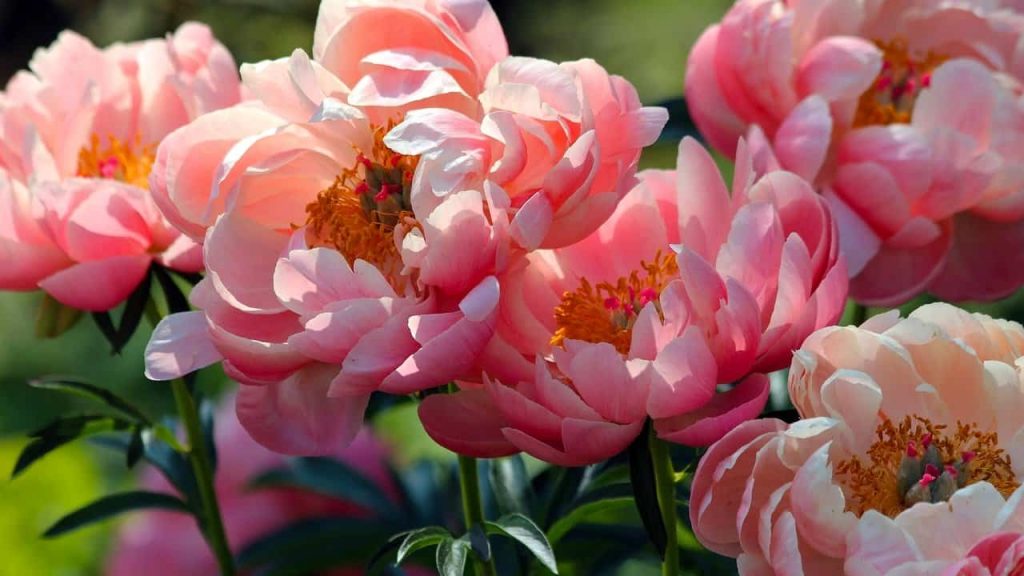
Peony is a flower that symbolizes life in many aspects. It is considered a symbol of healing, good fortune, prosperity, longevity, and honor in China, where it is known as the “king of flowers”. It is also associated with romance, beauty, and femininity in Western cultures. The peony has a long history of cultivation and admiration, dating back to ancient times. It was named after Paeon, the Greek god of healing, who was said to have used the peony to cure the wounds of the gods and mortals.
Peonies unfold like layers of a rich story, each bloom a vibrant chapter. Delicate pink whispers of elegance and grace, while fiery red ignites a passionate love. White peonies, pure as fresh snow, symbolize innocence, and sunshine-yellow ones radiate joy and friendship. These magnificent blooms transcend their role as mere decorations, transforming into heartfelt gifts for life’s celebrations, be it a joyous wedding, a cherished birthday, or a treasured anniversary. Adorning homes and gardens, peonies weave a tapestry of beauty and harmony, a testament to the exquisite artistry of nature.
2. Camellia
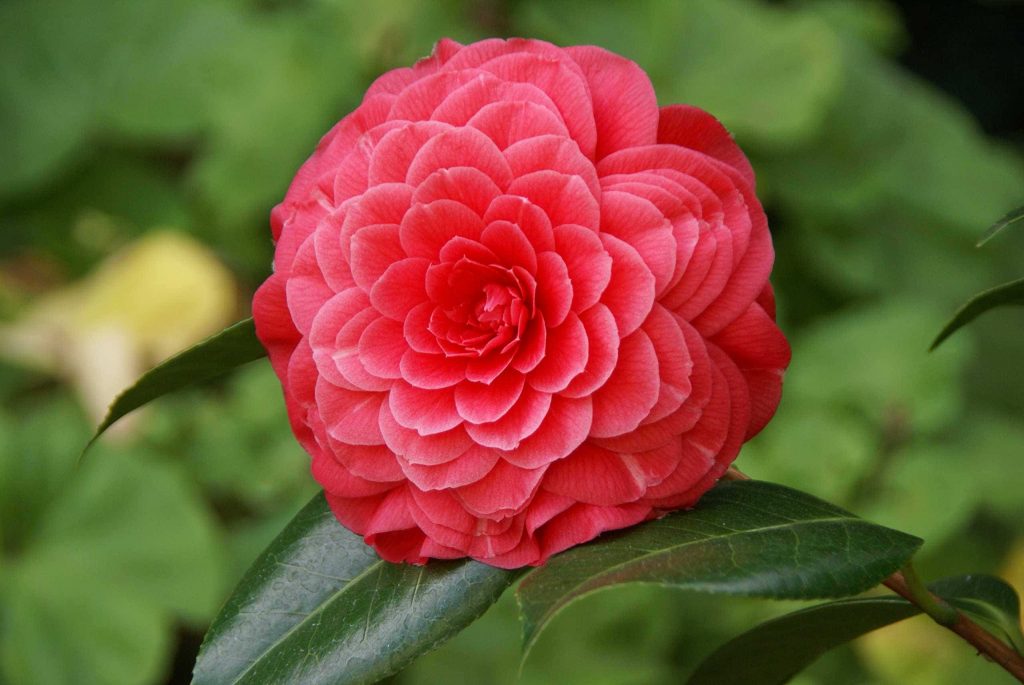
Camellia, a blossom whispering tales of the East, transcends its delicate beauty. In Japan, known as “tsubaki,” it blooms as a symbol of unwavering loyalty, faithfulness, and devotion, its petals etching stories of unwavering hearts. Across the sea in China, it is called “cha,” a testament to admiration, perfection, and nobility. The camellia’s history stretches back like ancient roots, whispering of its past uses in medicine, tea, oil, and even art. Favored by figures etched in time, from Confucius to Emperor Qianlong and the legendary Coco Chanel, the camellia’s allure has captivated hearts and inspired creations for centuries.
The camellia comes in different colors, such as white, pink, red, and yellow, each with its own significance. For instance, white camellia flowers of purity and innocence, pink camellias signify love and gratitude, red camellia flowers that represent courage denote passion and, and yellow camellia flowers symbolize happiness and friendship. Camellias are often given as gifts to express love, respect, and loyalty. They are also used to adorn temples, shrines, and ceremonies, as they convey a sense of reverence and dignity.
3. Sunflower
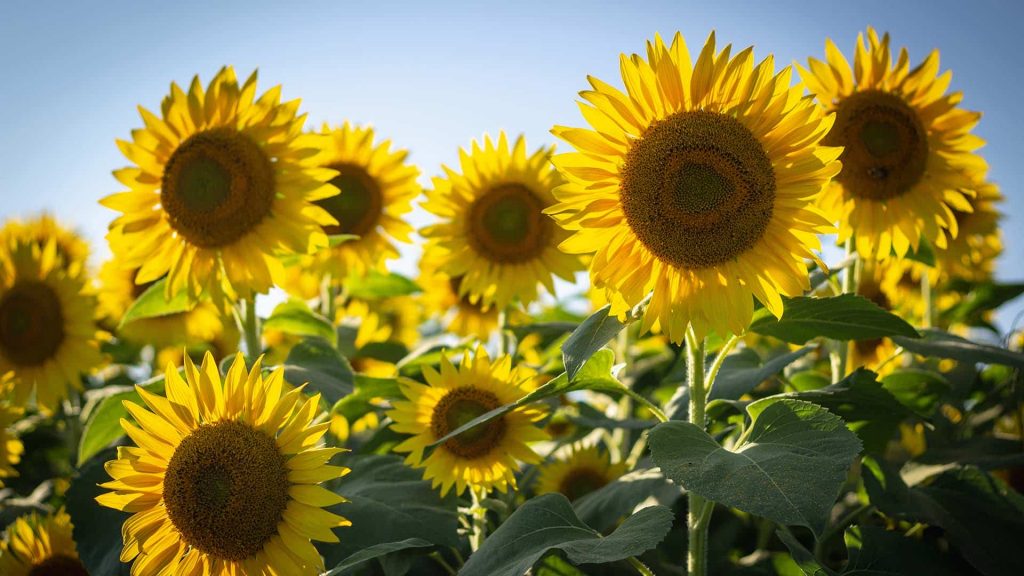
The sunflower is a flower that symbolizes life in a cheerful and radiant way. The sunflower symbolizes happiness, optimism, and vitality. It follows the sun, brightening the day. It’s also a symbol of loyalty, admiration, and faith. It represents the sun god and his blessings. The sunflower has a rich history. It was used by the Incas, Aztecs, and Native Americans. It was also a source of inspiration for many artists, such as Vincent van Gogh, Claude Monet, and Georgia O’Keeffe.
The sunflower has a distinctive appearance, with its large yellow petals and dark brown center. It can grow up to 3 meters tall, and produce hundreds of seeds, which can be eaten or used for oil. Sunflowers are often given as gifts to celebrate life events, such as graduations, promotions, or achievements. They are also used to decorate homes and offices, as they bring a touch of joy and positivity.
4. Chrysanthemum
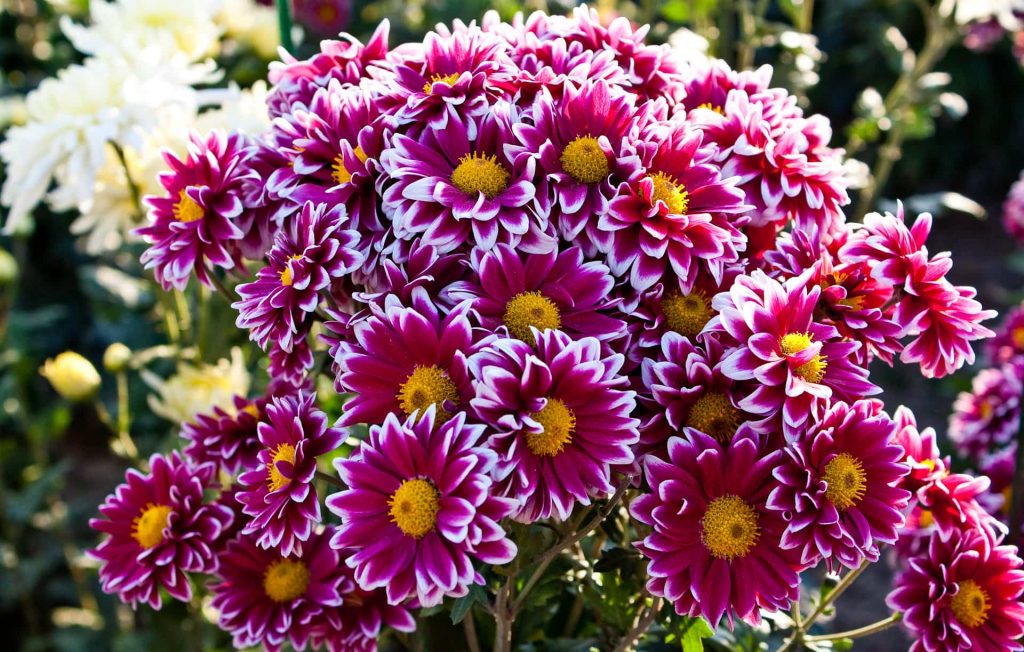
Chrysanthemum flowers that symbolize life in a long and prosperous way. It is regarded as a symbol of longevity, health, and wealth in China, where it is known as the “flower of autumn”. It is also a symbol of honor, royalty, and nobility in Japan, where it is known as the “flower of the imperial seal”. The chrysanthemum has a long and illustrious history, as it was revered and cultivated by many emperors, kings, and nobles. It was also a subject of poetry, painting, and literature, such as the famous “Chrysanthemum Poems” by Tao Yuanming.
Chrysanthemums have many colors, shapes, and sizes. Each color means something different. White means purity and honesty. Yellow means joy and friendship. Red means love and passion. Purple means nobility and elegance. Pink means gratitude and appreciation. People give chrysanthemums as gifts for long and happy life. They do this on birthdays, anniversaries, or retirement. Chrysanthemums are also for festivals. The Chinese Double Ninth Festival and the Japanese Chrysanthemum Festival honor the elderly and the ancestors.
5. Rose

The rose is a flowers that symbolize life in a romantic and passionate way. It is considered a symbol of beauty, love and emotion in many cultures, as it has a captivating fragrance and appearance. It is also a symbol of faith, devotion, and sacrifice in some religions, as it represents the blood of Christ and the Virgin Mary. The rose has a long and storied history, as it was admired and used by many civilizations, such as the Greeks, the Romans, and the Persians. It was also a motif of art, literature, and music, such as the famous “Rose Adagio” by Tchaikovsky.
The rose comes in different colors, such as red, white, pink, yellow, and orange, each with its own meaning. For example, red roses represent love and passion, white roses denote purity and innocence, pink roses signify admiration and gratitude. However yellow roses indicate friendship and joy, and orange roses express enthusiasm and desire. Roses are often given as gifts to express love, affection, and emotion, such as on Valentine’s Day, Mother’s Day, or anniversaries. They are also used to commemorate life events, such as weddings, funerals, or graduations.
6. Lavender
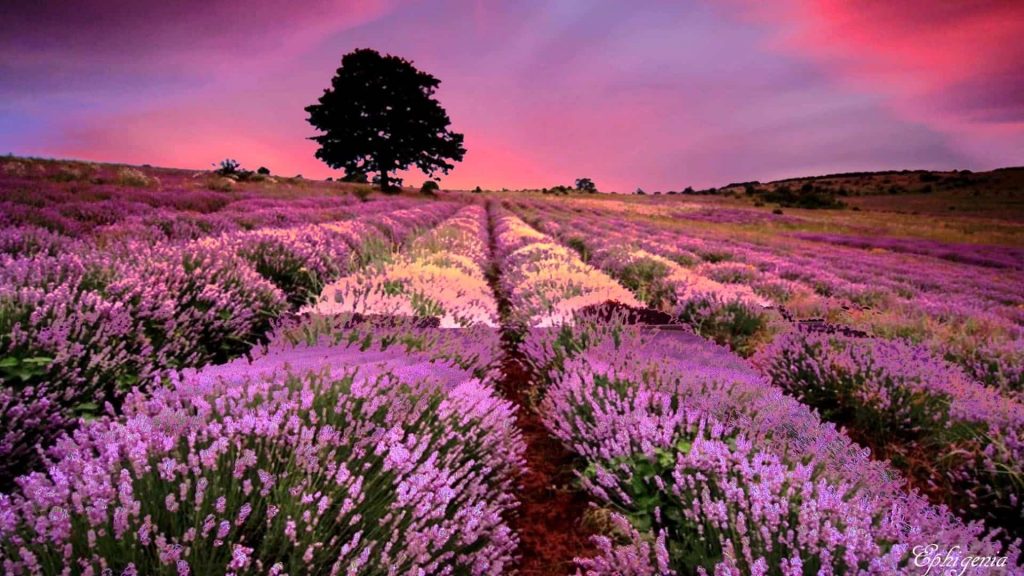
The lavender is a flower that symbolizes life in a calm and soothing way. Lavender is a peaceful, relaxing, and soothing plant. Many cultures see it this way because of its scent and color. Some traditions also see it as pure, graceful, and elegant. It is a symbol of the Virgin Mary and the angels. Lavender has a long and interesting history. People used it for medicine, perfume, and food. Soldiers and knights wore it as a symbol of loyalty, devotion, and courage.
The lavender has a delicate and graceful appearance, with its purple or blue flowers and green or gray leaves. It can grow up to 1 meter tall, and produce a pleasant aroma, which can be used for aromatherapy or essential oils. Lavender is often given as a gift to convey peace, harmony, and serenity, such as to someone who is stressed, anxious, or ill. It is also used to decorate homes and spas, as it creates a relaxing and soothing atmosphere.
7. Iris
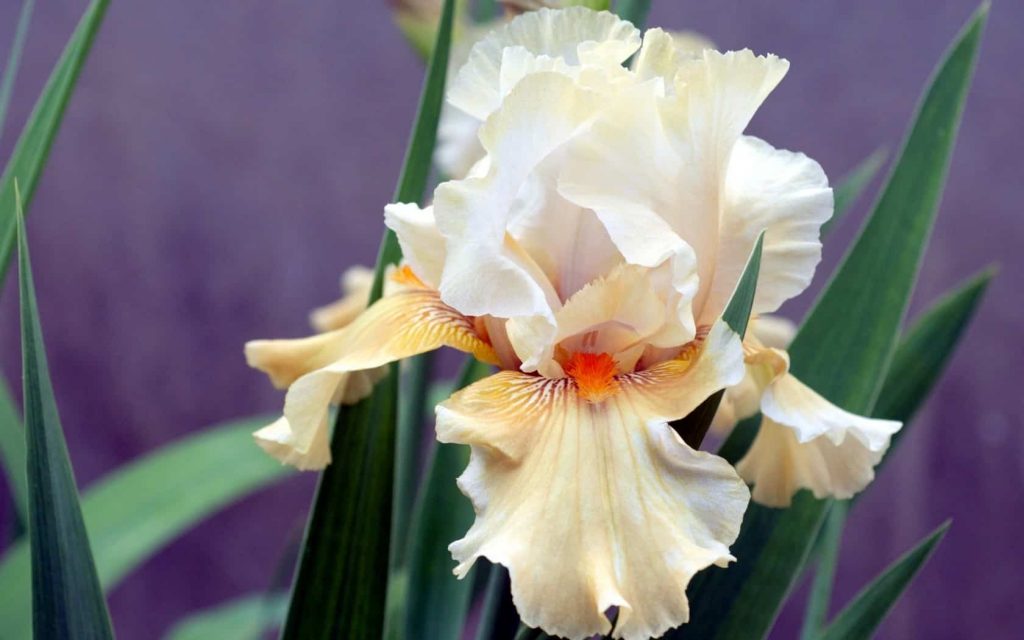
The iris is a flower that symbolizes life in a colorful and diverse way. It is considered a symbol of wisdom, hope, and faith in many cultures, as it has a rainbow of colors and shapes. It is also a symbol of royalty, power, and dignity in some regions, as it represents the Greek goddess Iris and the French fleur-de-lis. The iris has a long and varied history, as it was used for various purposes, such as medicine, art, and religion. It was also a sign of communication, inspiration, and creativity, as it was associated with the messenger of the gods and the muse of the poets.
The iris has different colors, such as blue, purple, yellow, white, and pink, each with its own significance. For example, blue irises represent faith and hope, purple irises signify wisdom and royalty, yellow irises indicate joy and friendship, white irises denote purity and innocence, and pink irises express admiration and appreciation. Irises are often given as gifts to express wisdom, hope, and faith, such as to someone who is facing a challenge, a change, or a new beginning. They are also used to celebrate life events, such as birthdays, weddings, or achievements.
8. Lily
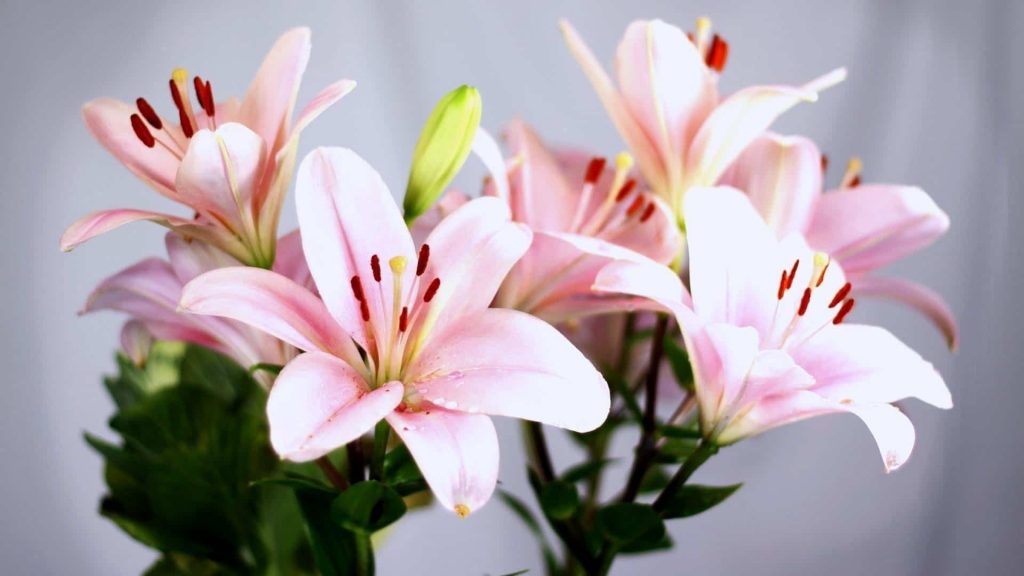
The lily is a flower that symbolizes life in a pure and elegant way. It is regarded as a symbol of innocence, purity, and beauty in many cultures, as it has a white and delicate appearance. It is also a symbol of rebirth, resurrection and renewal in some religions, as it represents the Easter and the Virgin Mary. Also this flower has a long and noble history, as it was admired and used by many kings, queens, and saints.
The lily comes in different colors, such as white, pink, yellow, and orange, each with its own meaning. For example, white lilies represent innocence and purity, pink lilies signify love and admiration, yellow lilies indicate joy and gratitude, and orange lilies express passion and confidence. Lilies are often given as gifts to express innocence, purity, and beauty, such as to someone who is pure-hearted, kind, or beautiful. They are also used to commemorate life events, such as weddings, funerals, or baptisms.
9. Tulip

The tulip is a flower that symbolizes life in a vibrant and joyful way. It is considered a symbol of happiness, love, and spring in many cultures, as it has a bright and colorful appearance. It is also a symbol of fame, wealth, and elegance in some regions, as it represents the Turkish and Dutch cultures. The tulip has a long and fascinating history, as it was the subject of a craze and a crash in the 17th century, known as the “Tulip Mania”. It was also a source of beauty, art, and science, such as the famous “Tulip Period” in the Ottoman Empire and the famous “Tulip Book” by Carolus Clusius.
The tulip comes in different colors, such as red, yellow, pink, purple, and white, each with its own significance. For example, red tulips represent true love and romance, yellow tulips signify cheerfulness and friendship, pink tulips express affection and appreciation, purple tulips indicate royalty and nobility, and white tulips denote forgiveness and peace. Tulips are often given as gifts to express happiness, love, and spring, such as to someone who is cheerful, lovely, or fresh. They are also used to celebrate life events, such as birthdays, engagements, or new beginnings.
10. Lotus

The lotus flower means new life. It grows from the mud and looks beautiful. Many cultures and religions see it as a symbol of purity, enlightenment, rebirth, and beauty. Buddhism, Hinduism, and Egyptology are some examples. The lotus has different colors, and each color has a meaning. White lotuses mean purity and perfection. Pink lotuses mean the Buddha and his teachings. Blue lotuses mean wisdom and knowledge. Purple lotuses mean spirituality and mysticism.
Summary Of Flowers That Symbolize Life
| Number | Flower Name | Meaning | Life Aspect |
|---|---|---|---|
| 1 | Peony | Healing, love, passion | Life’s beauty and emotions |
| 2 | Sunflower | Optimism, positivity, happiness | Life’s challenges and strength |
| 3 | Chrysanthemum | Loyalty, friendship, longevity | Life’s values and relationships |
| 4 | Rose | Romance, devotion, admiration | Life’s colors and feelings |
| 5 | Lavender | Calmness, grace, elegance | Life’s peace and harmony |
| 6 | Iris | Faith, hope, courage | Life’s new beginnings and fresh starts |
| 7 | Lily | Purity, humility, promise | Life’s renewal and growth |
| 8 | Lotus | Enlightenment, rebirth, resilience | Life’s spiritual and physical aspects |
| 9 | Tulip | Love, passion, understanding, appreciation | Life’s diversity and vibrancy |
| 10 | Daffodil | Eternal life, youth, joy | Life’s fragility and unpredictability |

I really enjoyed reading this article about flowers that symbolize life. It was very informative and inspiring. I learned a lot about the meanings and stories behind different flowers, such as the sunflower, the lily of the valley, and the peony. I especially liked the sunflower, because it represents optimism, positivity, and the pursuit of happiness. I think these are qualities that are essential for living a fulfilling life. This article made me appreciate the beauty and diversity of nature, and how flowers can brighten up our days and express our emotions. Thank you for sharing this wonderful article with us!
Hello Enjoyable!
You’re very welcome! We’re glad you found the article about flowers symbolizing life informative and inspiring. Flowers truly do hold so much meaning and beauty.
Great post! I’m going to bookmark this so I can pick the perfect flower to send to my friend who is going through a tough time.
Flowers, long-used symbols of life’s beauty and impermanence, carry their unique stories and cultural meanings. They often serve as metaphors for the journey from birth to rebirth, representing the continuous cycle of growth and renewal. Among these flowers, lilies, sunflowers, and daisies are considered symbols of strength and resilience.
Lilies: Associated with new beginnings and the rebirth of life.
Sunflowers: Symbolize hope and a positive outlook.
Daisies: Represent survival in challenging conditions.
In Chinese culture, the peony signifies healing, good fortune, longevity, and honor. In Western culture, it is associated with romance, beauty, and femininity . These flowers embody life’s fragility and unpredictability while also symbolizing hope, endurance, and the perpetual dance of creation and rebirth in the human experience.